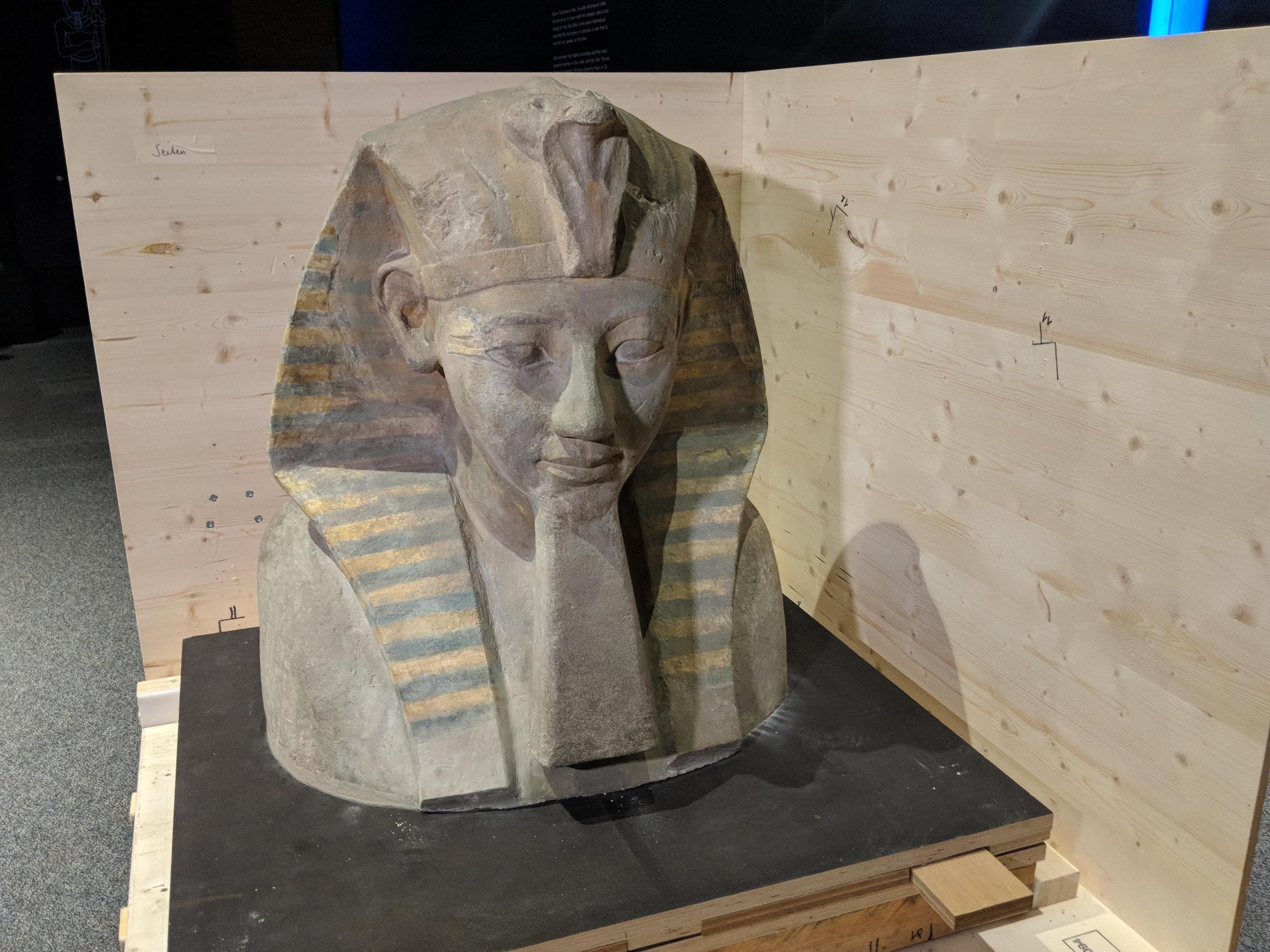
And then, it started to show they were even older than we realized. “The radiocarbon dates we were getting started to tell the same story. And in 2017, Davis and his team once again started finding stemmed points. At the time, there were no other examples of that technology from that time in history in North America, “we sort of sat in limbo for a time as people argued about what it might mean,” Davis said. His team uncovered stemmed points and dated them to over 13,000 years ago. OSU’s Davis first began excavating the site in the 1990s.

Related: Luther Cressman, Quest For First People Of course, if Braje’s kelp highway theory was true, there would be very few archaeological sites along the West Coast of North America: sea levels have risen dramatically since the Ice Age, so any human settlements would have flooded long ago. While stemmed points are plentiful along the coast of Asia, there were very few found at the older sites in North America, and crucially, even fewer found along the coast. These are blades, spear points, knives, and cutting tools all manufactured the same way, and are one of the oldest types of projectiles in the world. Just like the ice-free corridor model is supported by a shared technology and shared culture found across a region, the kelp highway hypothesis also has a uniting technology: stemmed points.

The idea was once controversial, but in recent years it's gained support.
#Oldest artifact full
They traveled from Asia to North America by island-hopping and hugged the shore, following a coastal "kelp highway" full of sheltered bays and rich with food. “What’s really interesting about Cooper’s Ferry is that it takes things a little further,” Braje says, “It offers some potential avenues for figuring out these big questions.”īraje supports an alternative theory to the ice-free corridor: one where instead of traveling to the New World by land, ancient Americans came by sea. “This is another domino in the collapse of the Clovis-first idea and the idea that people walked down an ice-free corridor some 13,500 years ago,” says Todd Braje, an archaeologist at San Diego State University, who was not involved in the study. Other early sites challenged this theory, but none were this old, and the oldest were dated with a method considered less precise than radiocarbon dating.Īncient humans may have moved by boat down the coast, and turned left up the Columbia, following the river to its tributaries and their eventual home at Cooper's Ferry. For one, the ice-free corridor probably didn’t exist when humans first arrived at Cooper’s Ferry - scientists think it didn’t open up until about 15,000 years ago, which means these early people had to find a different route south. The site at Cooper’s Ferry doesn’t fit with this model. That's the model currently taught in most history books. Those people supposedly brought the technology to make Clovis-type blades and spear points with them, and then spread their shared culture across the continent. "The traditional model is that people came into the New World from northeast Asia and walked across the Bering land bridge, before coming down the middle of the continent in an ice-free corridor," said Loren Davis, an archaeologist at Oregon State University and the lead author on the study.

Together with dozens of other archaeological sites stretched across the continent, it helps decipher the story of when, and how, humans first arrived. They are a thousand years older than what has previously been considered North America’s most ancient known human remains. The artifacts are part of a trove discovered where Cooper’s Ferry, Idaho, now stands. The artifacts have been dated to as far back as 16,500 years ago, making them the oldest radiocarbon dated evidence of humans in North America, according to research published Thursday in the journal Science.

Ancient human artifacts found in a remote corner of Northwestern Idaho could deliver a major blow to a long-held theory that North America’s first humans arrived by crossing a land bridge connected to Asia before moving south through the center of the continent.


 0 kommentar(er)
0 kommentar(er)
